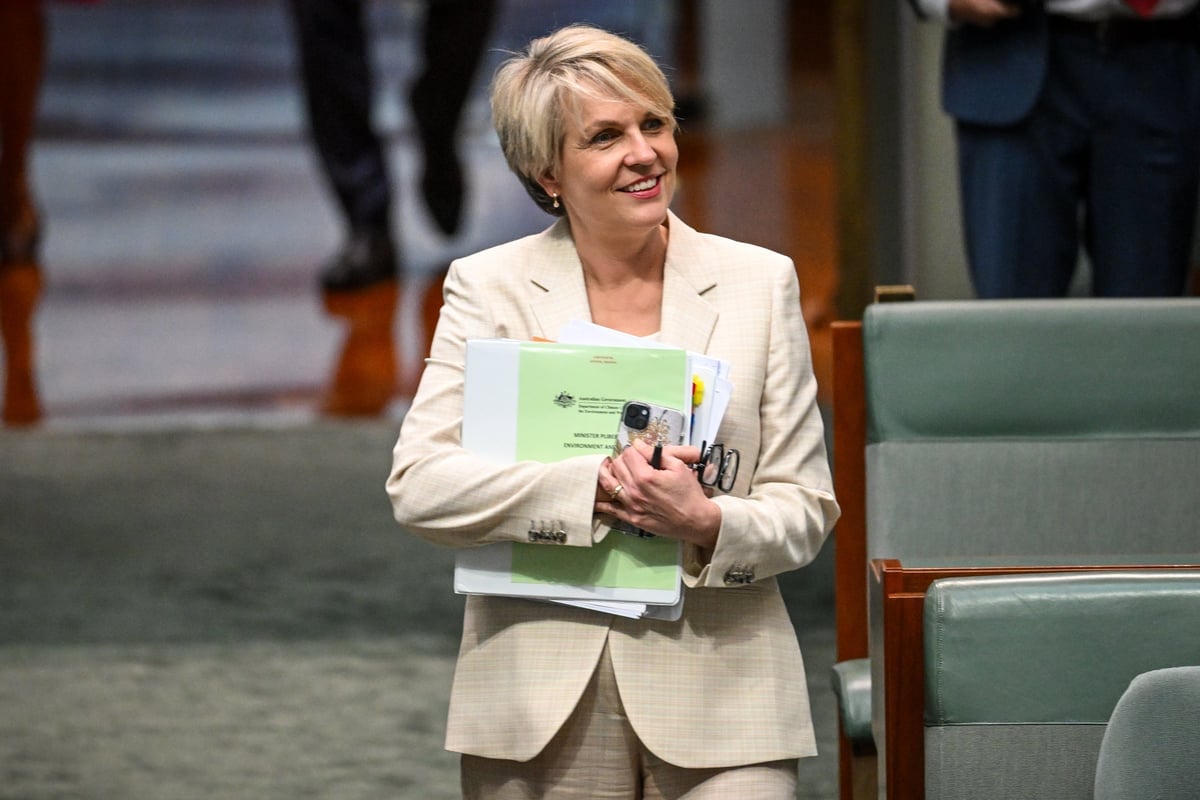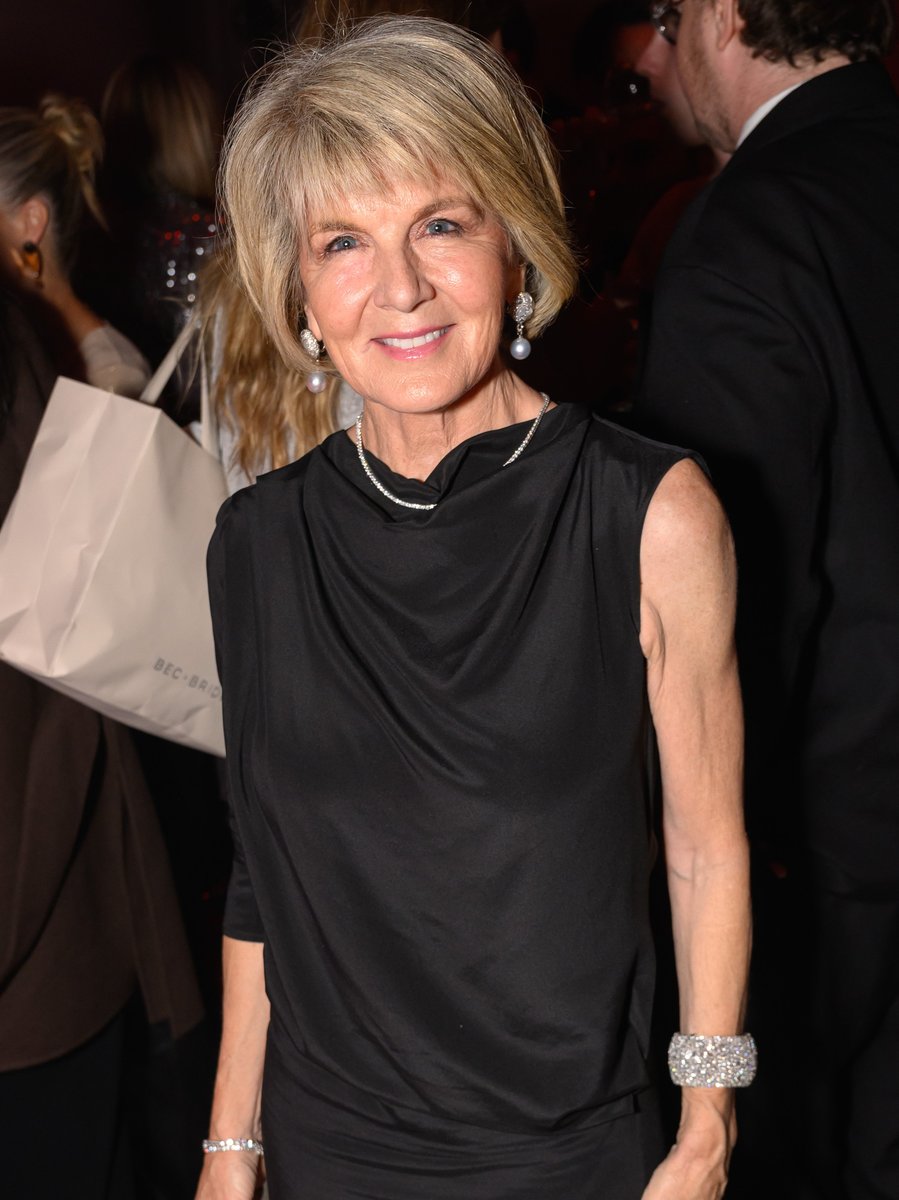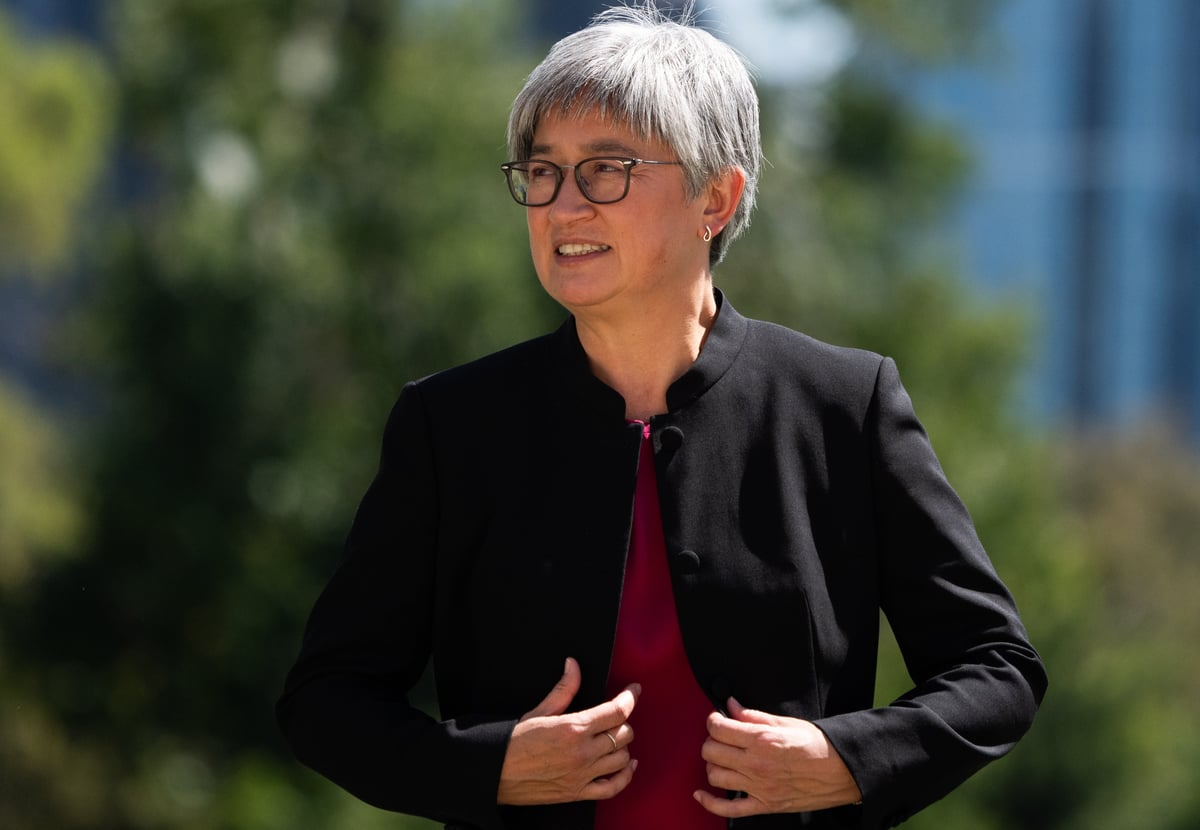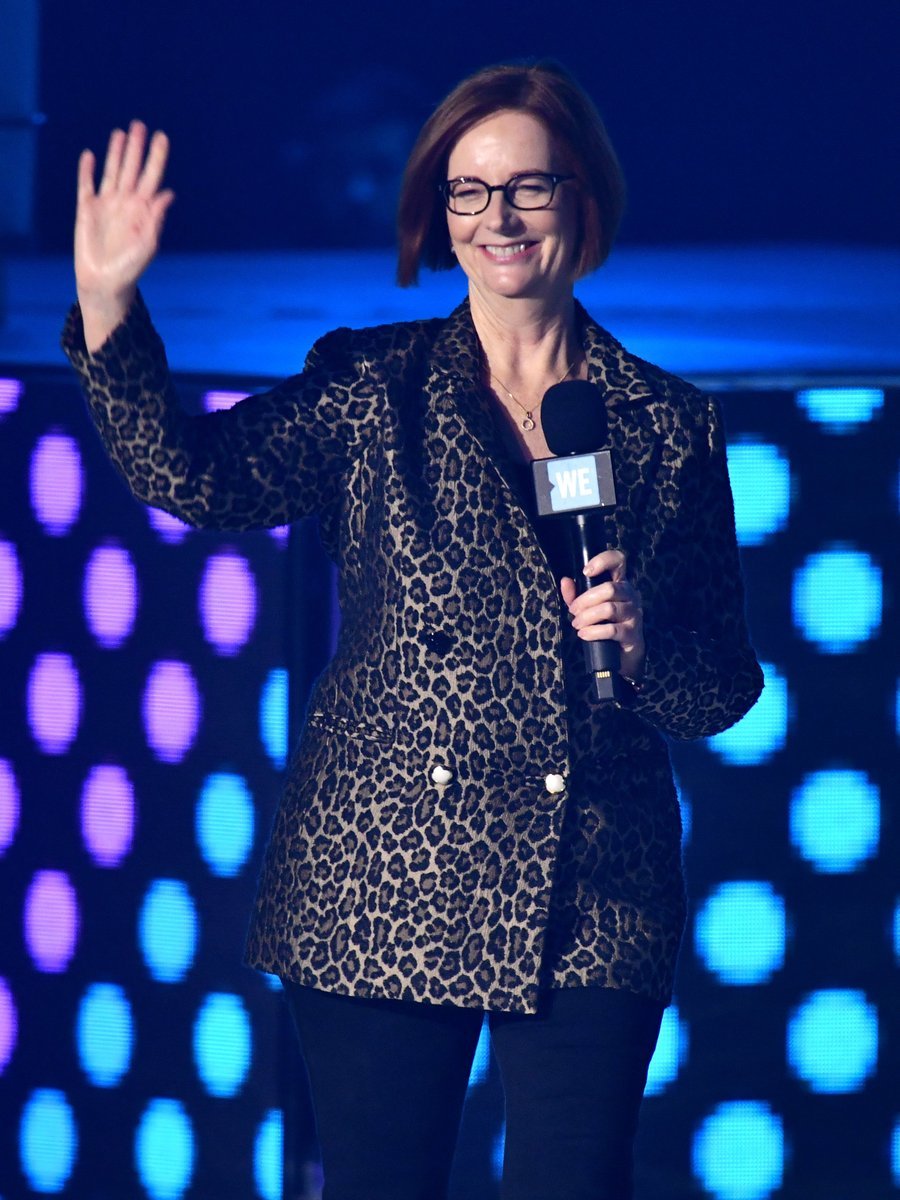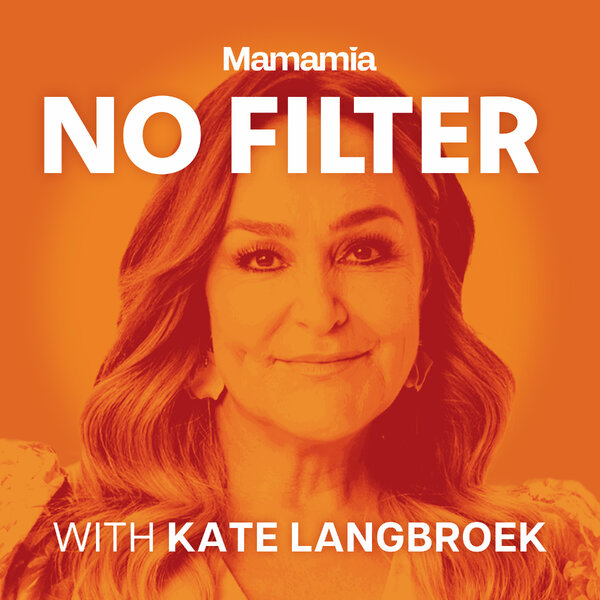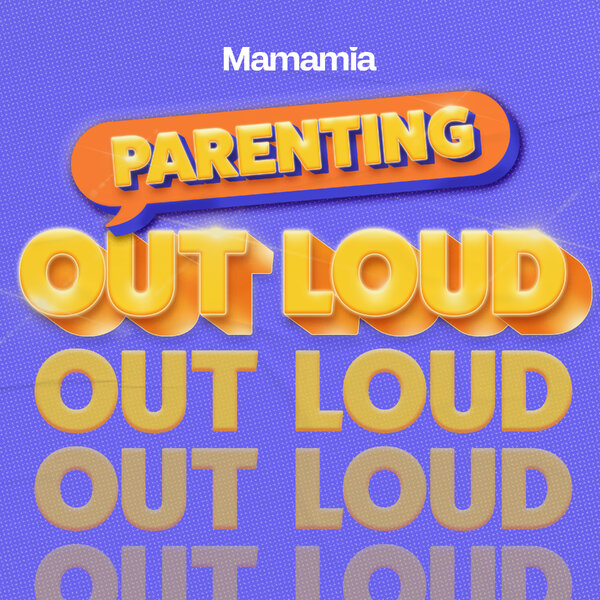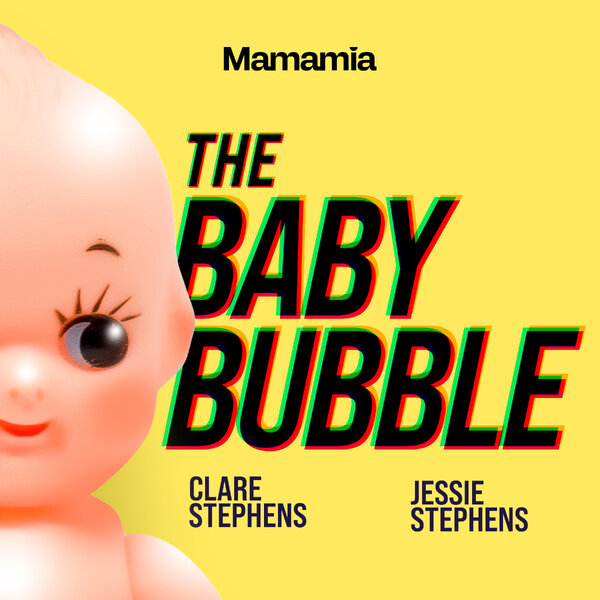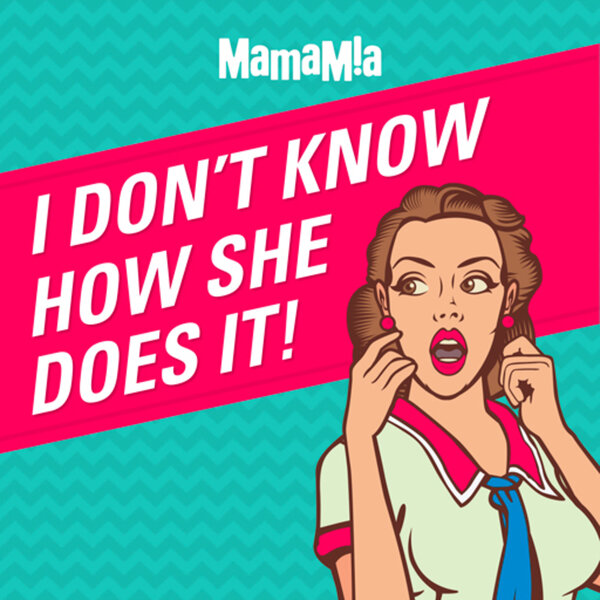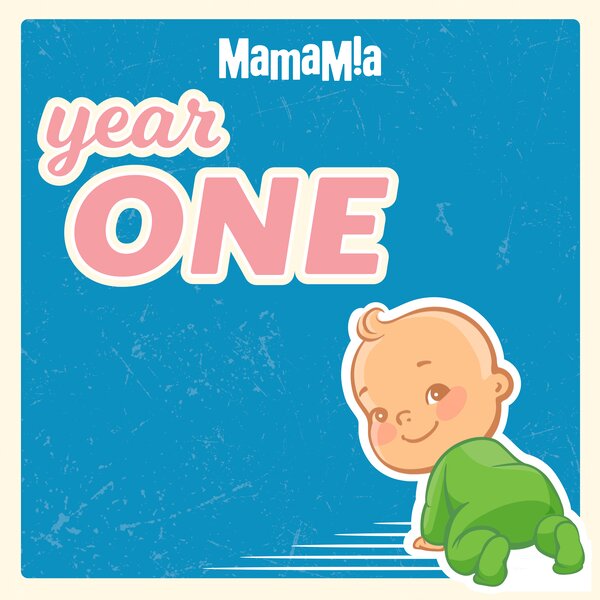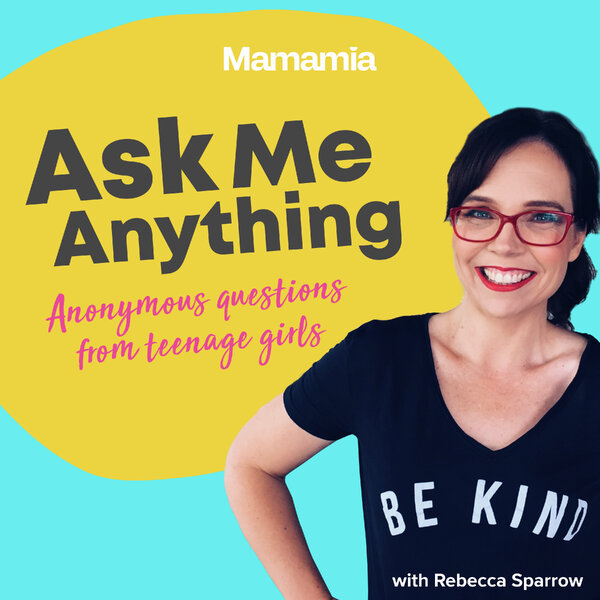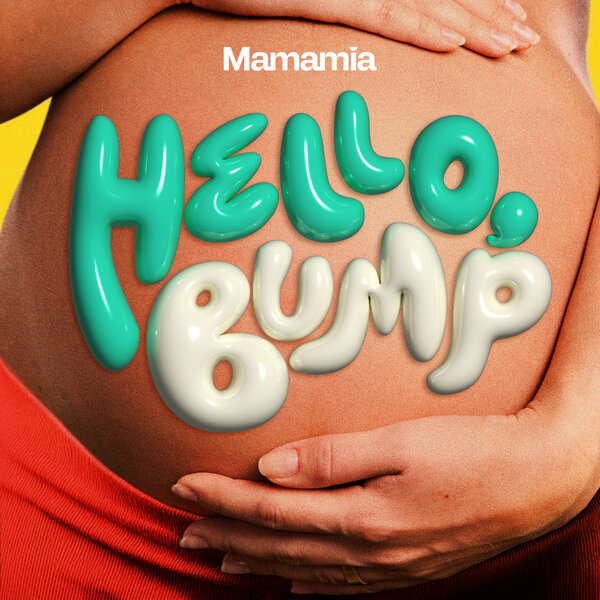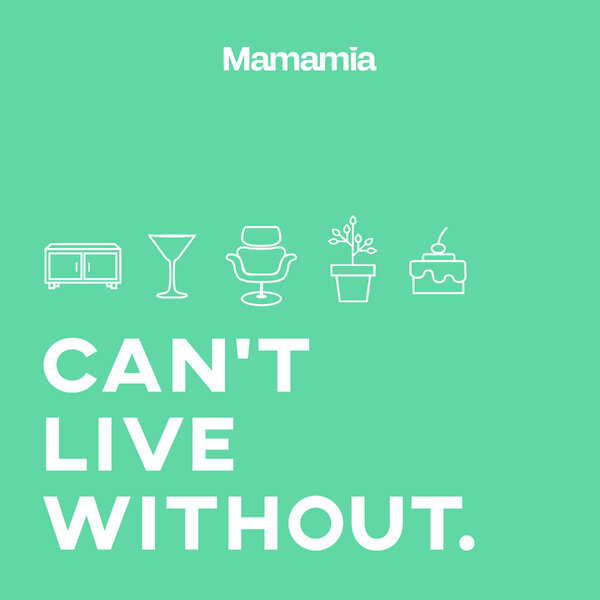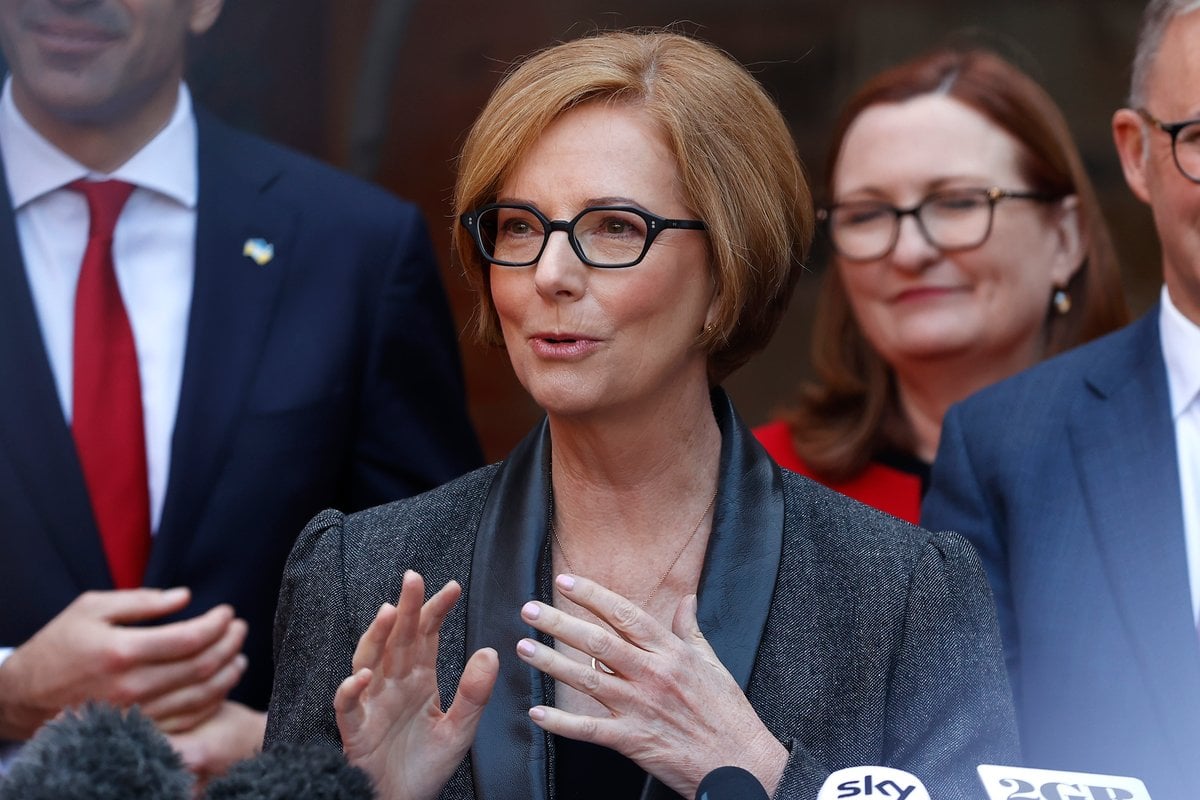
June 24, 2010 should have been an average day. It was an average temperature and an average Thursday by most standards, except that something very unusual happened. Australia elected its very first female Prime Minister.
Whether you supported Julia Gillard's policies during her time in parliament or not, her election represented a major crack in the glass ceiling for women. And we say a crack, and not a smash, because in the 14 years since her election day, no other woman has held our highest office again.
In fact, some experts say that we may not see another female Prime Minister in our lifetime, or, in the most dire view, for another 600 years.
So what is going on in parliament that’s preventing it? Here’s what we know.
How did Julia Gillard rise to be the first female Prime Minister?
Julia Gillard was elected as the Labour member for Lalor in 1998. She rose through the ranks and eventually served as the deputy Labour leader from 2007 to 2010, holding high-ranking portfolios within the party.
Initially, Gillard wasn't voted in by Australians.
A leadership 'spill' in Canberra saw her put her hat forward for leadership of the party, with attitudes turning against then Prime Minister Kevin Rudd. Gillard was given the backing of the party, and the role to clean up the 'mess' in the polls that Kevin Rudd had left.
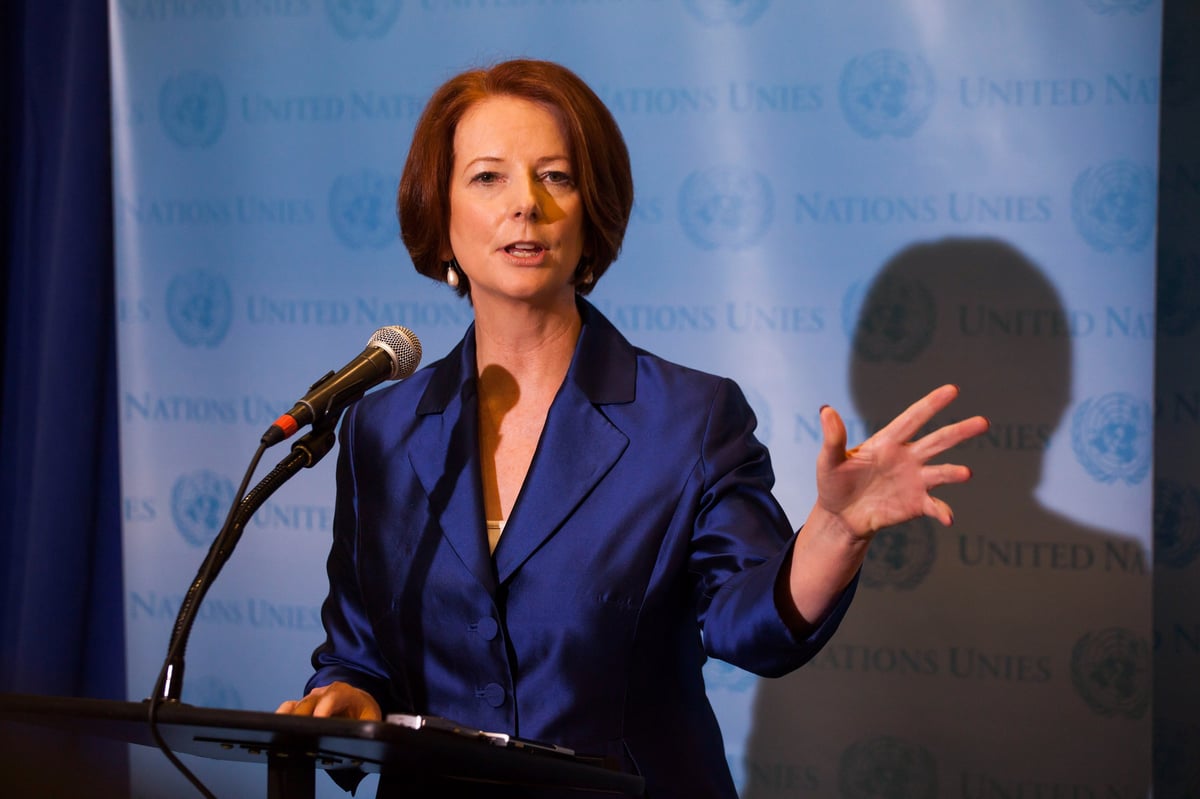 Julia Gillard. Image: Getty.
Julia Gillard. Image: Getty.


